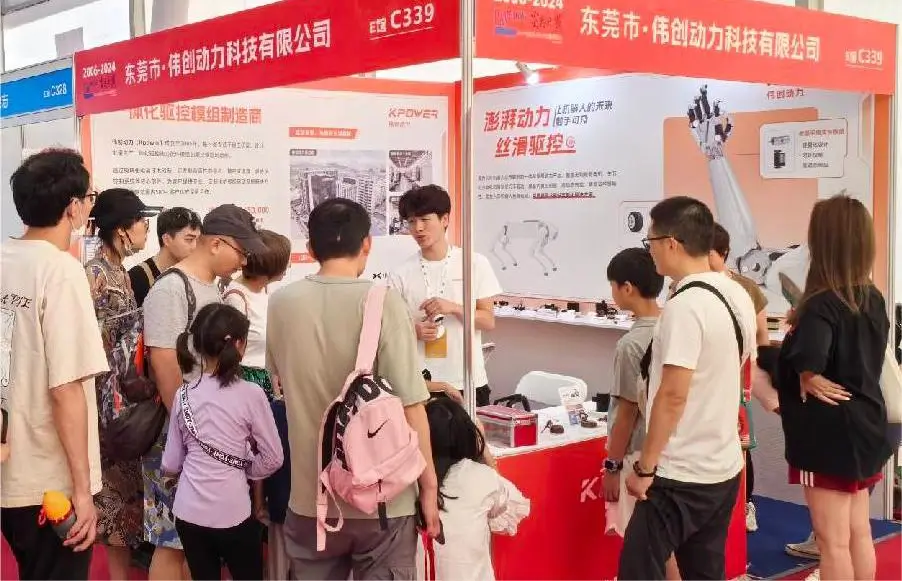Ever wondered just how many servo motors you can sling onto an Arduino and make them dance? If you’re into robotics or DIY automation, you’ve probably asked yourself this before. Trust me, diving into the world of control boards is like opening a box of chocolates—never know what you’re gonna get. But here’s a straightforward scoop: the number of servos an Arduino can handle isn’t set in stone; it depends on a few key factors, like the model and power access.

Start with the basics. Arduino Uno? That little guy can typically handle about 4 to 6 servos comfortably before things start to get a bit shaky. Why? Because each servo needs power and control signals, and the board’s USB or power supply can only provide so much juice. If you push beyond that, you might see servos jitter or just stop responding altogether. But hold on—there are workarounds.
Some folks use external power sources, like a dedicated 5V power supply, to feed multiple servos without overloading the Arduino’s onboard regulator. That’s like giving each servo its own booster shot, ensuring smooth and synchronized movements. Also, using a servo controller shield or a dedicated servo driver expands your horizon. Imagine orchestrating a mini robotic orchestra—each servo a different instrument—without risking a ruckus caused by power dips.
Now, what about the real limits? Say, you're trying to control 20 servos—can Arduino handle that? Well, with sufficient external power and a robust control system, yes. But it’s not just about number; it’s about how you manage the data flow. For large setups, shifting to an Arduino Mega or even an external microcontroller setup makes life way easier. More pins, better memory, and less headache mean a smoother ride.
Sometimes, people ask, “Can I connect servos directly to the Arduino’s digital pins?” Typically, yes, if it’s just a handful. But it’s wise to keep in mind the current limits—going overboard can fry your board faster than you can say “short circuit.” Using transistor transceivers or dedicated driver modules ensures each servo gets the power it needs without draining the main board.
In a nutshell, there's no magic number, but knowing your setup helps. Think of your Arduino as a conductor—its baton can only handle so many servos before things need external help. Whether you’re prototyping a small robot or building a large scale automation system, planning power and signal pathways is the secret to success.
Isn’t it thrilling though? Playing with multiple servos, making things move precisely, all controlled from a single board. That’s what makes this hobby fascinating—pushing the limits, tweaking, tuning, and someday, perhaps, creating something spectacular. So, how many servos can your Arduino handle today? It’s an adventure—dive in and find out.
Established in 2005, Kpower has been dedicated to a professional compact motion unit manufacturer, headquartered in Dongguan, Guangdong Province, China. Leveraging innovations in modular drive technology, Kpower integrates high-performance motors, precision reducers, and multi-protocol control systems to provide efficient and customized smart drive system solutions. Kpower has delivered professional drive system solutions to over 500 enterprise clients globally with products covering various fields such as Smart Home Systems, Automatic Electronics, Robotics, Precision Agriculture, Drones, and Industrial Automation.




































